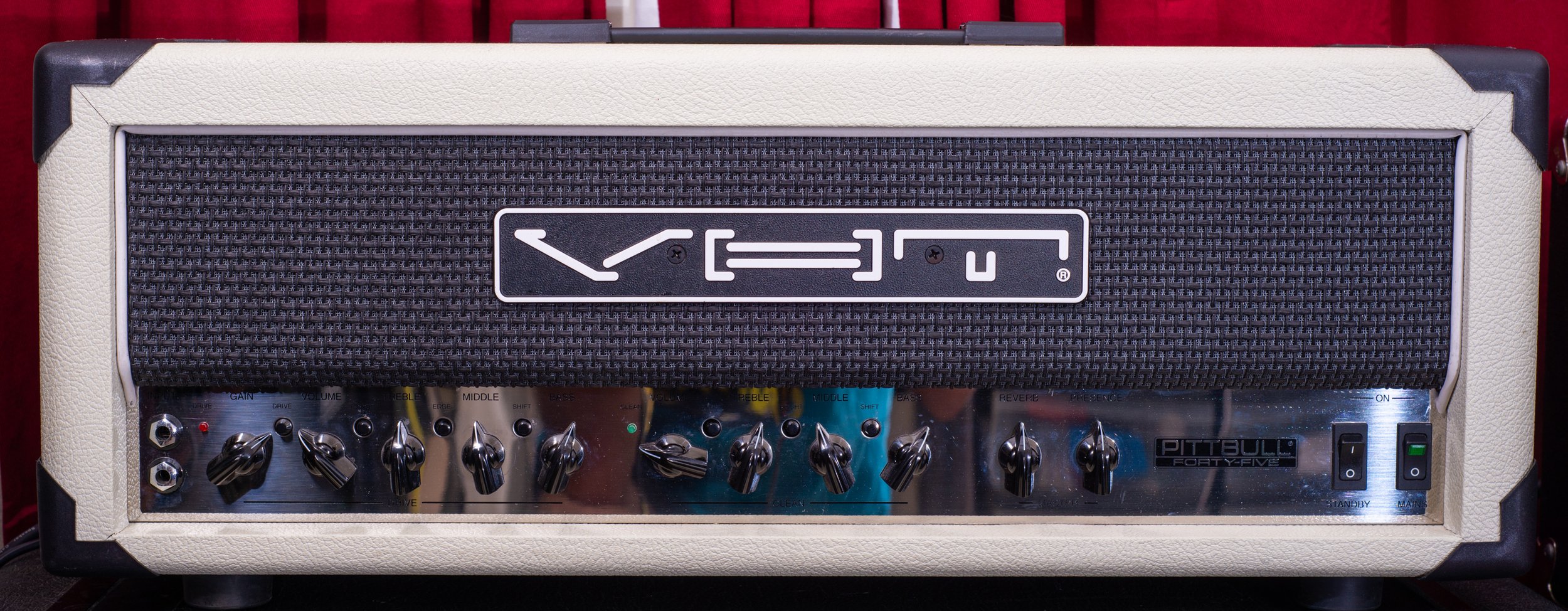I picked up this early Robin recently for a great deal. I’ve been on the lookout for some early Robins - I really have the hots for an RH-1 or RH-2 right now (early Tokai made models) but for now, this ESP-made Medley will have to do. The body shape is a bit smaller than USA made Medleys that came later, but this has the same cool reversed-pointy headstock as those, painted black as was the style of the time, with a bold white logo.
Despite the body having a rear trem spring route, these guitars came stock with a Kahler 2700 series tremolo mounted on the top, similar to ‘86 Charvel model series guitars. It’s quite strange to have the trem route and see the underside of that Kahler bridge but it doesn’t get in the way at all - just unique. This is my first 2700 bridge and I like the ease of adjustment to saddle height and even string spacing it allows without too much effort, unlike a double locking bridge.
The pickups sound great, although the bridge humbucker appears to be wired in parallel instead of series - and attached to a push-pull coil tap on the tone pot (probably not factory). After moving around a few wires, it’s back in action and sounding as full as ever. The pickups are Japanese made OEM pickups - not any familiar Dimarzios or Duncans to compare to, but it’s very middy and high output as expected for a more “shred” oriented guitar like this one.
The neck also shares the same 3-piece maple configuration as Kramer necks of the time (also made by ESP) but this one is well worn in and not as glossy - but it’s hard to say if there was any difference since I don’t have any other Robins from this era to compare to. Either way, a great feeling neck with a familiar shape to me as a Kramer collector and a great change of pace with the Kahler bridge. I hope to find a few more to add to the collection!










